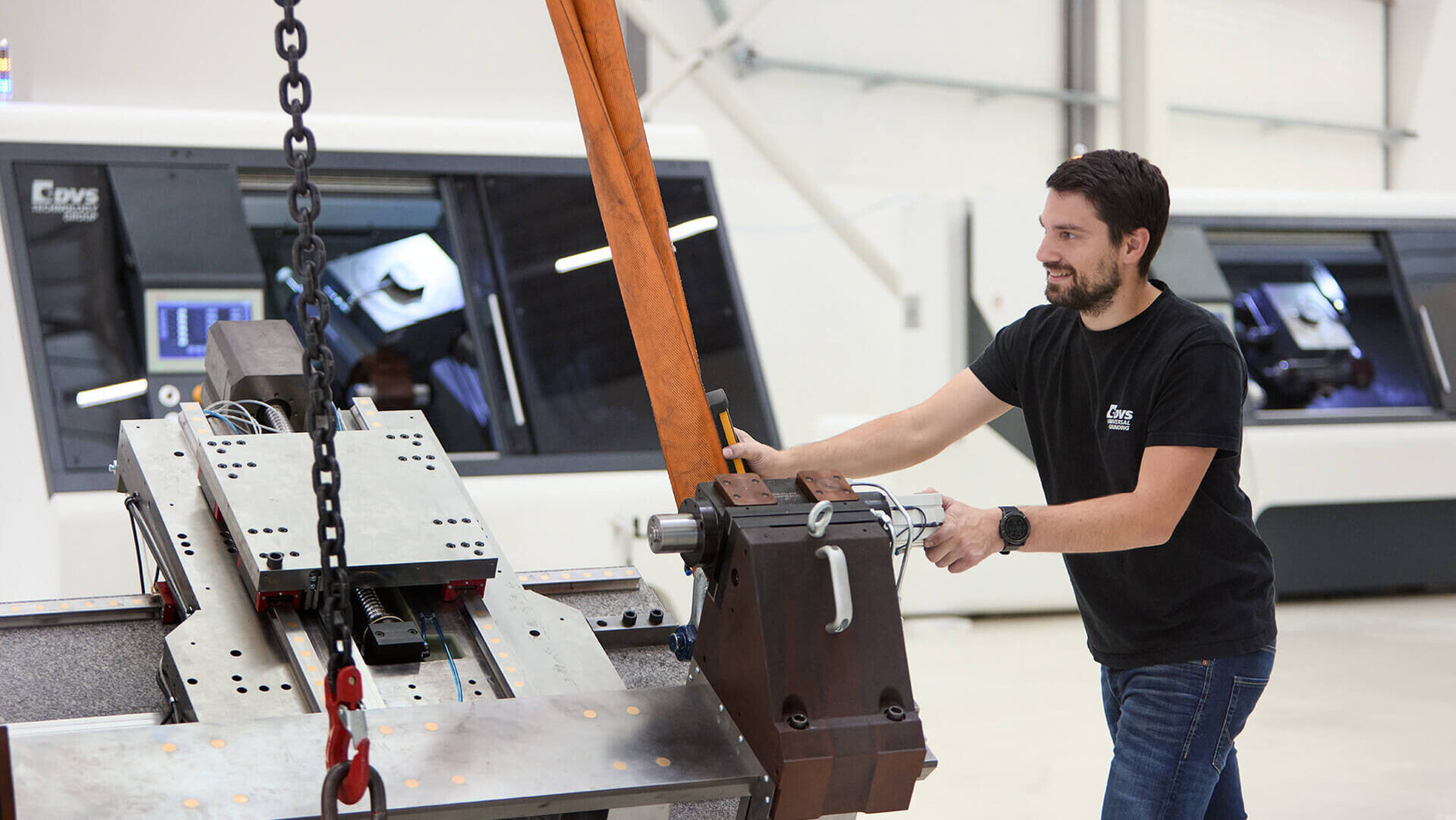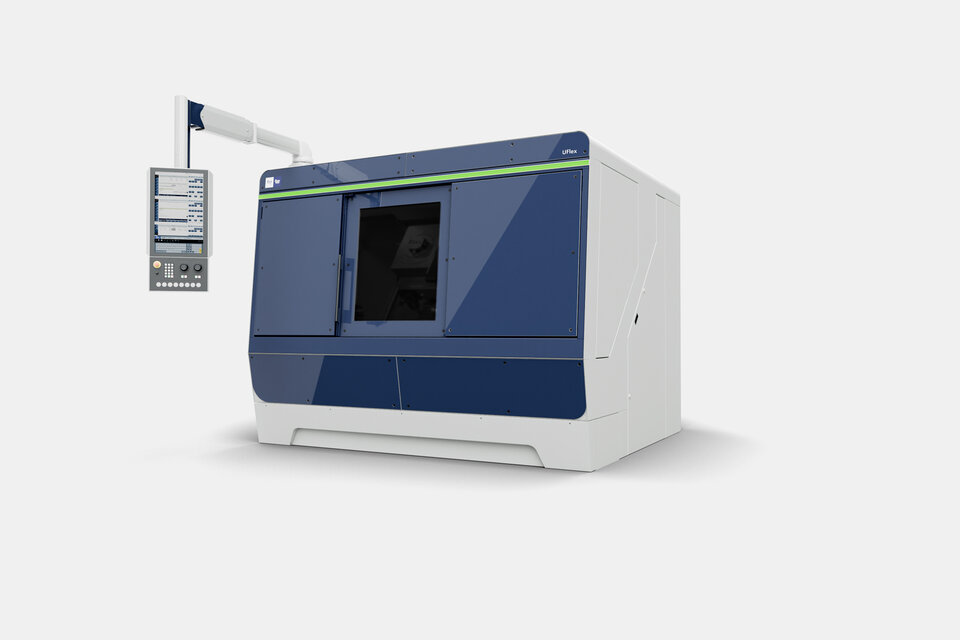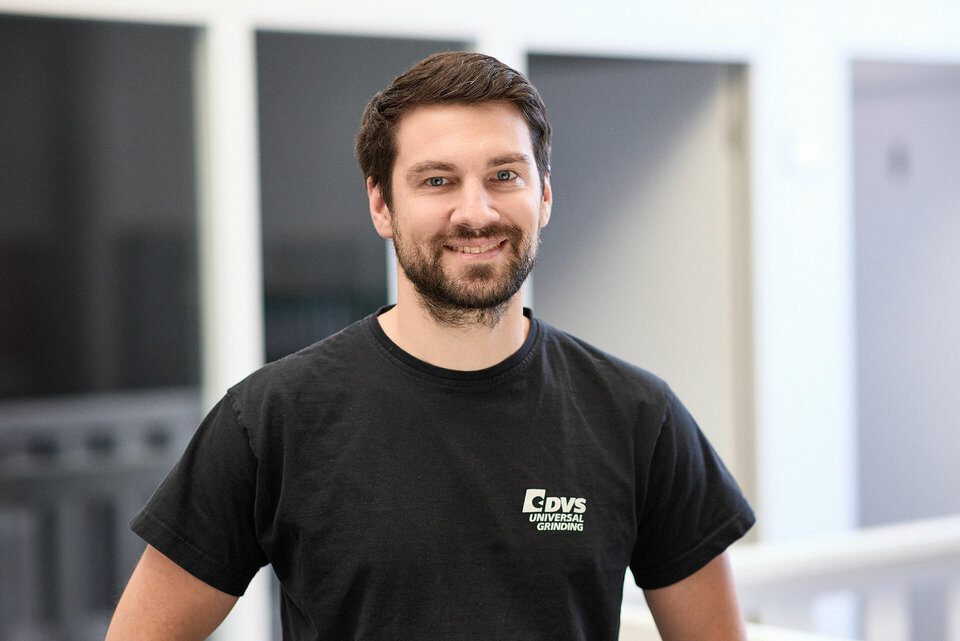- Jobs
- Blog
-
Unsere Unternehmen
- DVS TECHNOLOGY GROUP
- DVS Machine Tools
- BUDERUS Schleiftechnik
- Pittler T&S
- Präwema Antriebstechnik
- rbc robotics
- DVS Universal Grinding
- DVS Services & Tools
- DVS Tooling
- NAXOS-DISKUS Schleifmittelwerke
- WMZ
- DISKUS WERKE Schleiftechnik
- DVS Service
- DE




